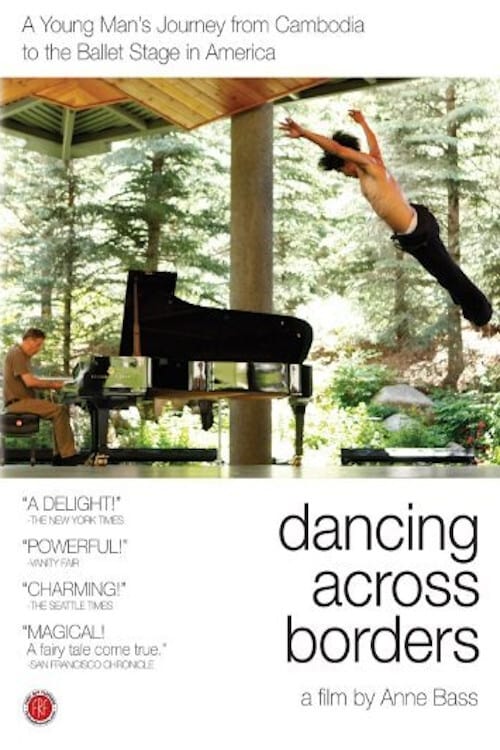Dabke Time (2017)
"Dabke Time" explores the background of the Dabke dance and specifically the Lebanese Dabke. Flimmaker Roshdi Alkadri interviews several subjects across two different villages in Lebanon to find out more about this popular dance
Directors
Release Date
Nov 21, 2017
Runtime
00h 09m
Actors
N/D
Genre
Available in streaming on
"Dabke Time" explores the background of the Dabke dance and specifically the Lebanese Dabke. Flimmaker Roshdi Alkadri interviews several subjects across two different villages in Lebanon to find out more about this popular dance
Movies like Dabke Time
6.6
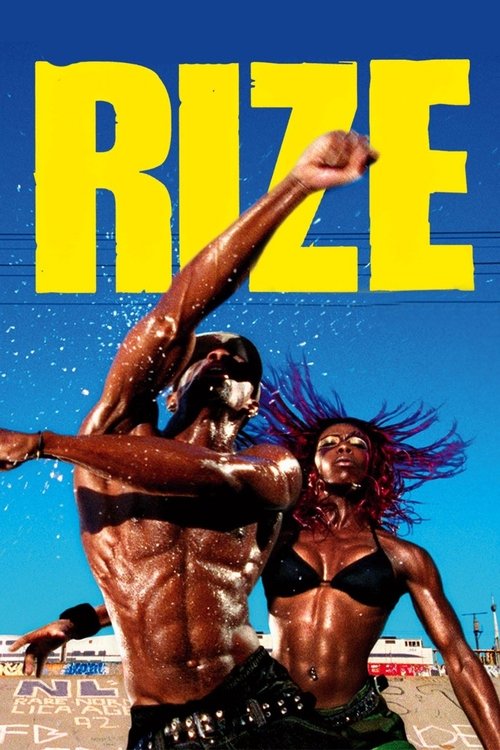
5.8

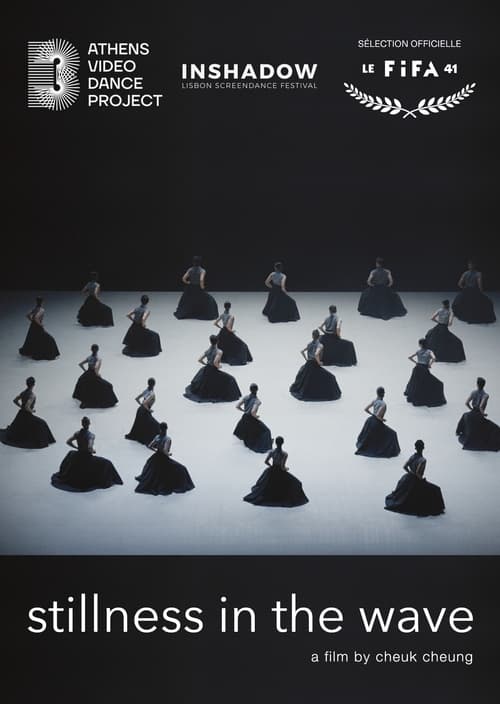
6.2
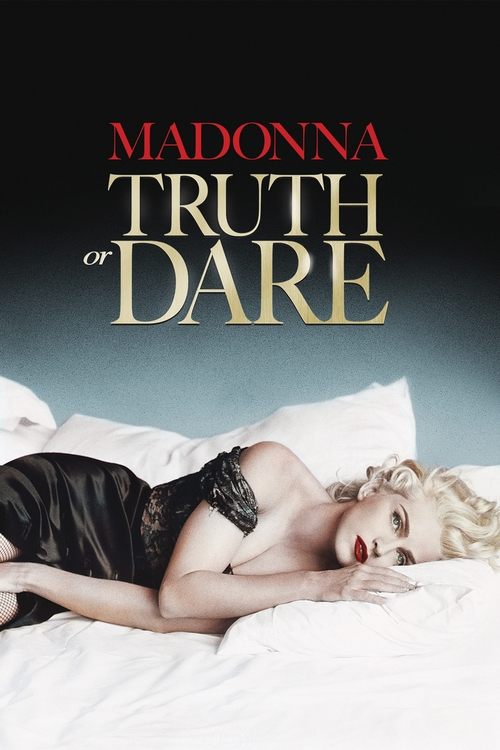
5.2
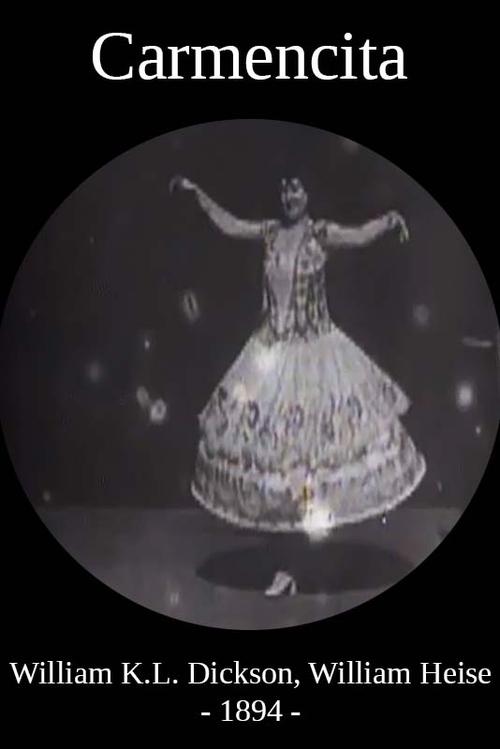
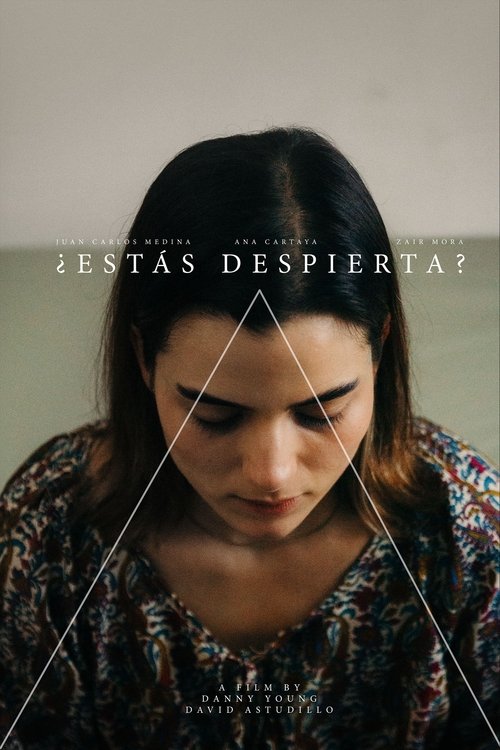
8.0
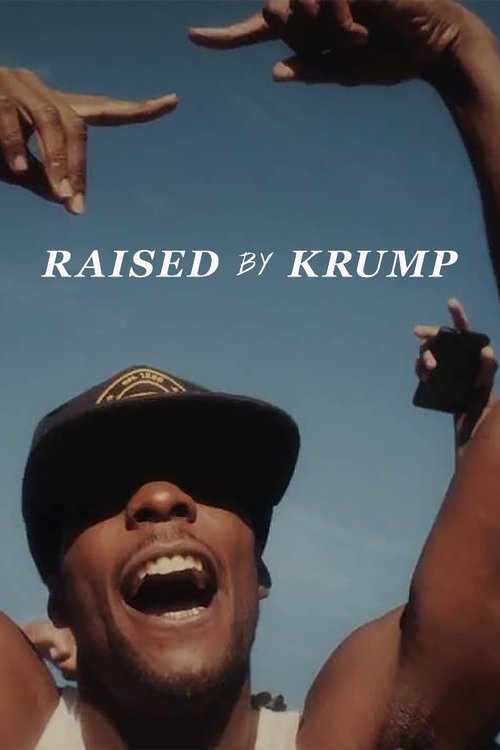
10.0
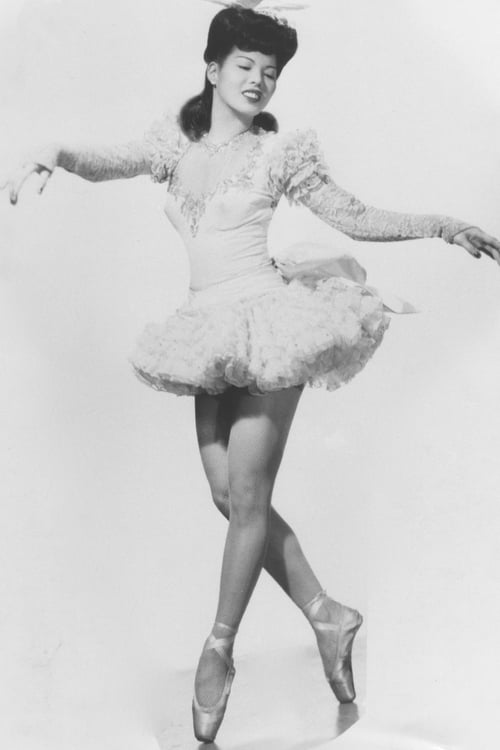
7.8
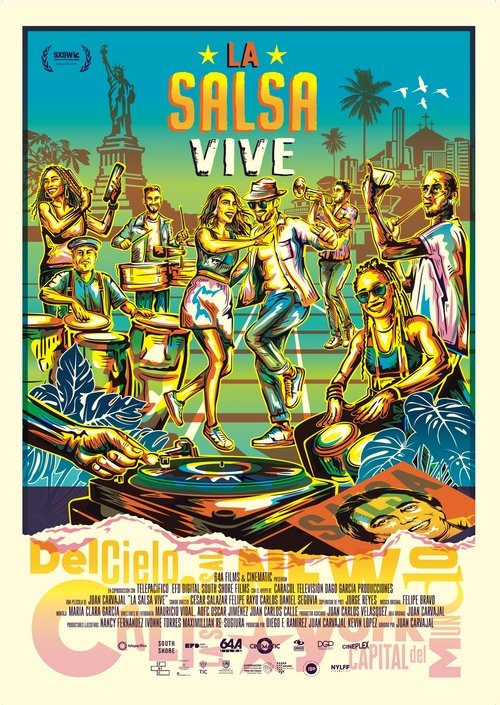
9.5
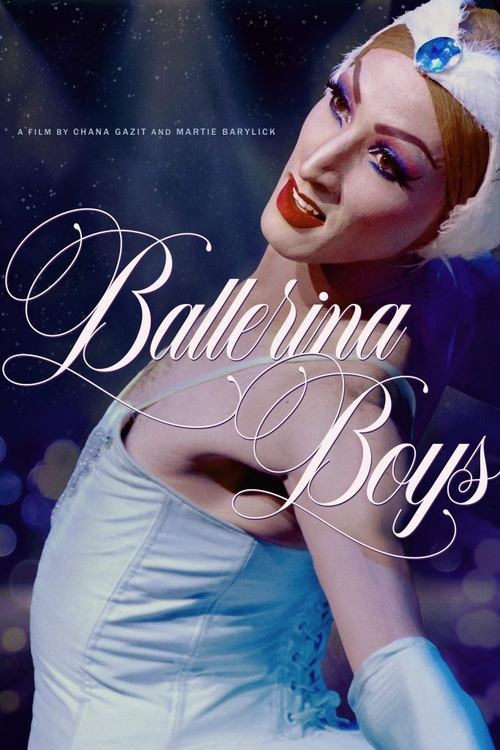

5.0
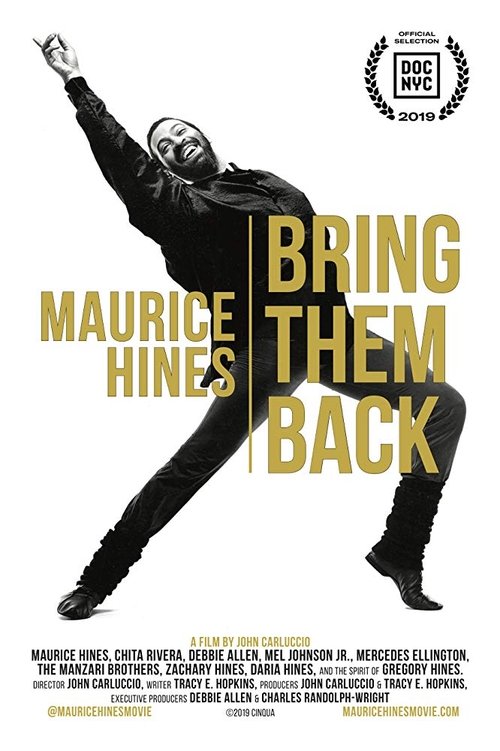
5.8

6.8

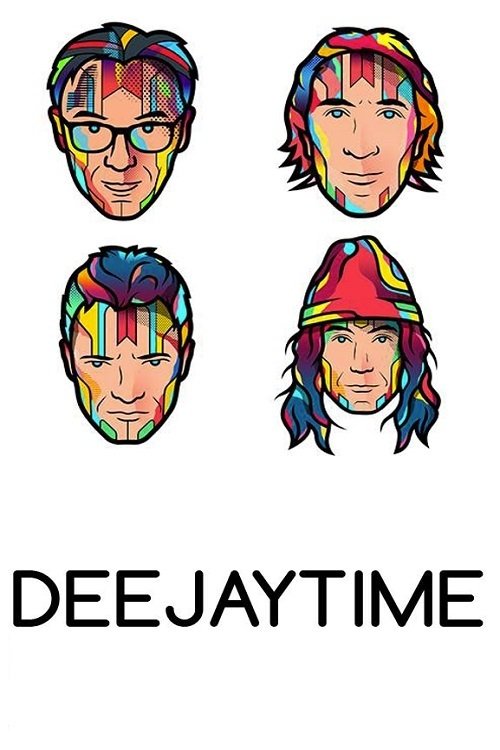

2.0
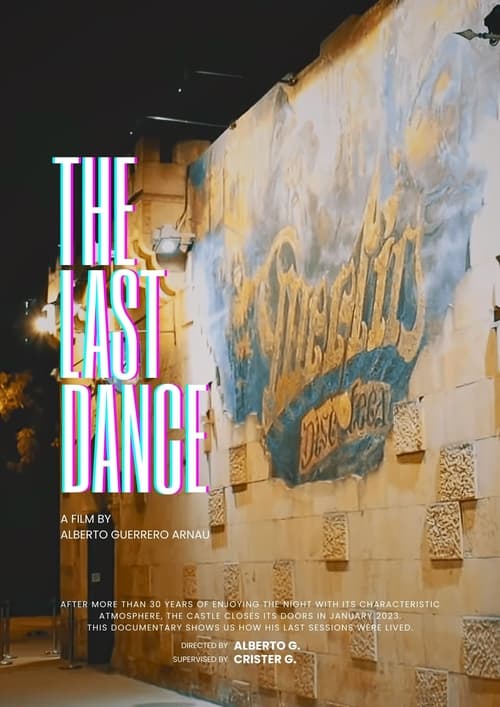
4.9

8.0
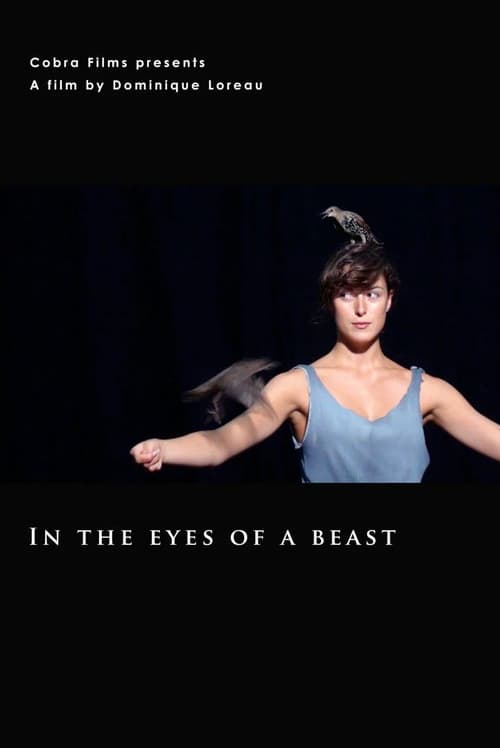
6.3
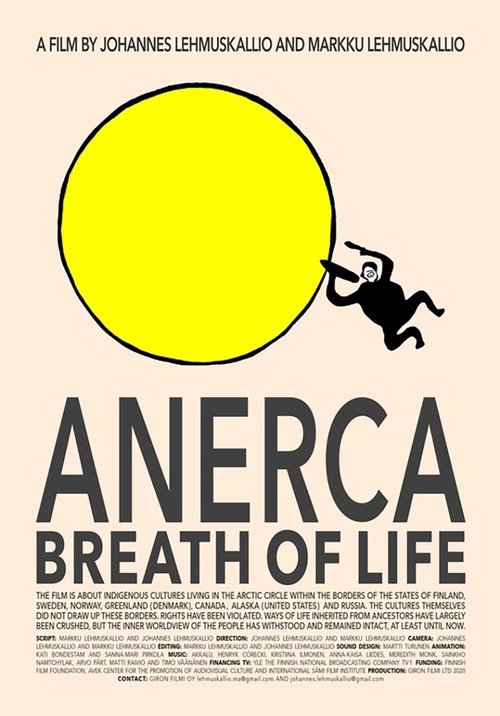
5.2
